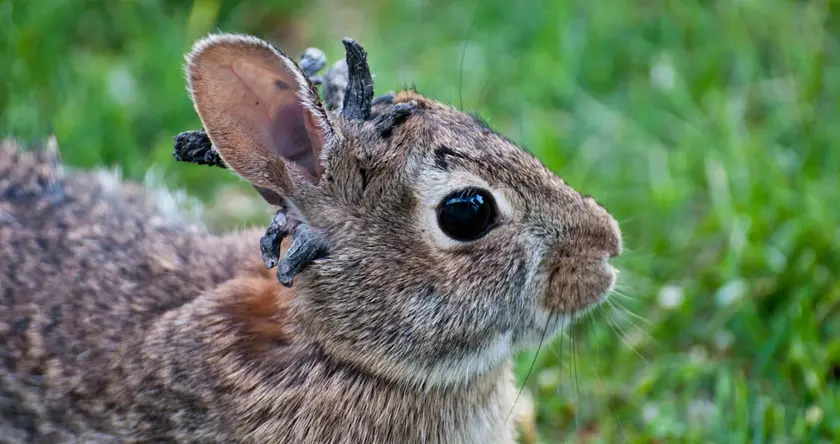T4K3.news
Unusual rabbits in Fort Collins prompt health guidance
Authorities warn the public not to touch wild rabbits with facial growths as a virus is investigated

A strange rash of wild rabbits in Fort Collins with dark facial growths triggers health guidance from wildlife officials and cautions against handling the animals.
Frankenstein rabbits with face tentacles prompt urgent expert warning
Residents in Fort Collins, Colorado, have reported several wild rabbits with unusual dark, tentacle-like growths on their faces. The images spreading on social media have sparked fear and questions about what is happening to the animals.
Colorado Parks and Wildlife and veterinarians say the animals likely suffer from Shope papilloma virus, a rabbit virus that causes tumours on the head and other parts of the body. The growths are usually not dangerous to humans and often fade after some time, but they can obscure sight or mouth functions in severe cases. Experts note the virus spreads mainly through infected insects rather than rabbit-to-rabbit transmission and tends to peak in summer and autumn.
Public health guidance is clear: do not touch wild rabbits with visible growths. Pet owners should keep domesticated rabbits indoors and away from pests. Officials emphasize that euthanasia is only advised if the growths interfere with eating or drinking. While social media users describe the animals as frightening, scientists say the scare should be balanced with accurate information about transmission and risks.
Key Takeaways
"The growths have no significant effects on wild rabbits unless they interfere with eating and drinking."
Colorado Parks and Wildlife assessment of the impact of the growths on rabbits
"Most infected cottontails can survive the viral infection, after which the growths go away."
CPW summary on the course of the infection
"Don’t touch wild rabbits if you see signs of illness."
Public safety guidance issued by authorities
"Humans cannot contract Shope papilloma virus from rabbits."
Health risk statement for the public
The sightings tap into a broader fascination with wildlife anomalies and the visual power of online images. Yet the response highlights a tension between curiosity and science, as sensational posts can drive fear and misperception about disease. This case shows the importance of clear, credible information from state wildlife agencies to prevent unnecessary panic.
Beyond the immediate health question, the episode raises questions about how local officials communicate about wildlife health in real time. A careful balance is needed to acknowledge public concern without glorifying the spectacle or encouraging harmful actions toward animals. Effective public messaging matters as much as the science behind the virus.
Highlights
- Fort Collins rabbits look like a horror film, not a wildlife moment
- Science should guide the scare, not social media
- Insects spread the virus, not the rabbits themselves
- Humans cannot contract Shope papilloma virus from rabbits
Public reaction and misinformation risk
The striking images and horror branding around the rabbits could fuel fear and lead people to misinterpret the health risk or engage in unsafe actions toward wildlife. Clear, authoritative communication is needed to prevent panic and harm.
The story tests how communities translate unusual wildlife signs into understanding rather than superstition.
Enjoyed this? Let your friends know!
Related News

Frankenstein bunnies spotted in Colorado

Frankenstein rabbits alert
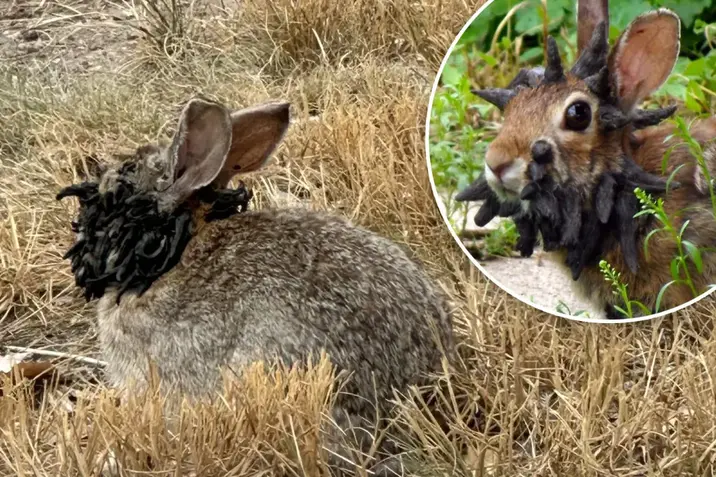
Frankenbunnies in Colorado raise wildlife health questions
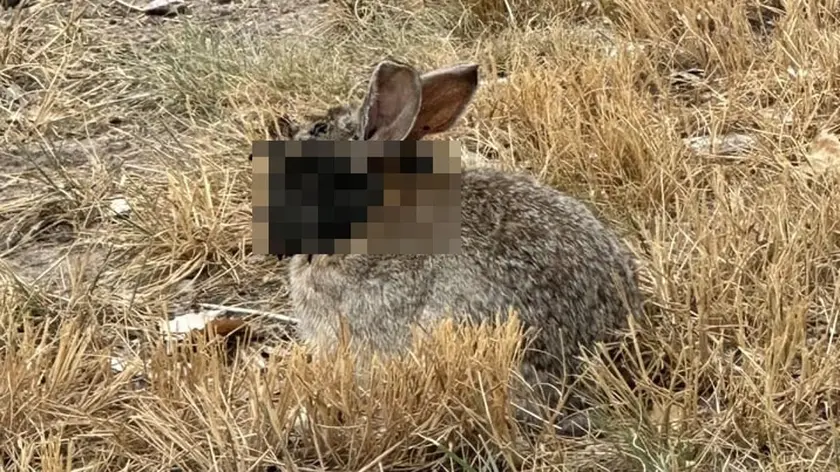
Frankenstein rabbits spotted in Colorado
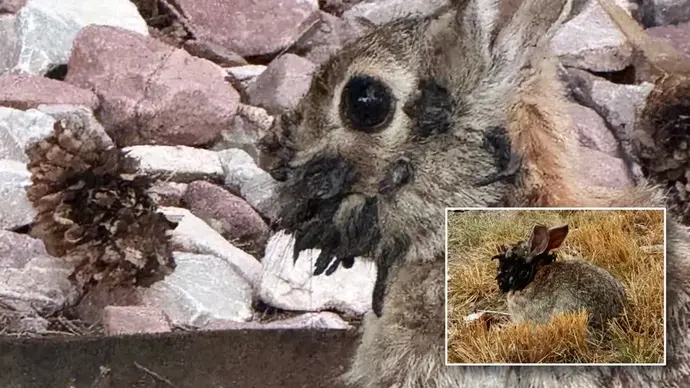
Rabbits in Fort Collins Develop Tentacle Like Growth
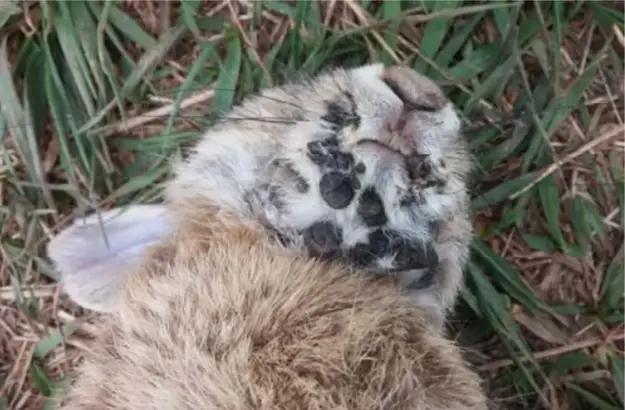
Rabbits in Fort Collins show tentacle growth linked to rabbit papillomavirus
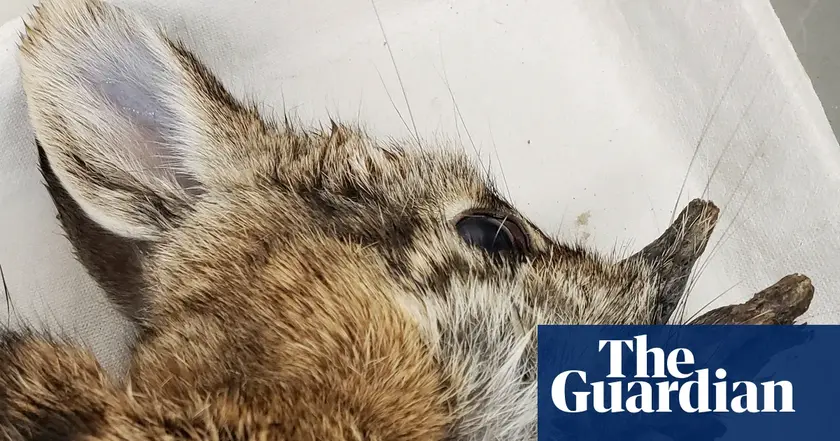
Demon rabbits not dangerous
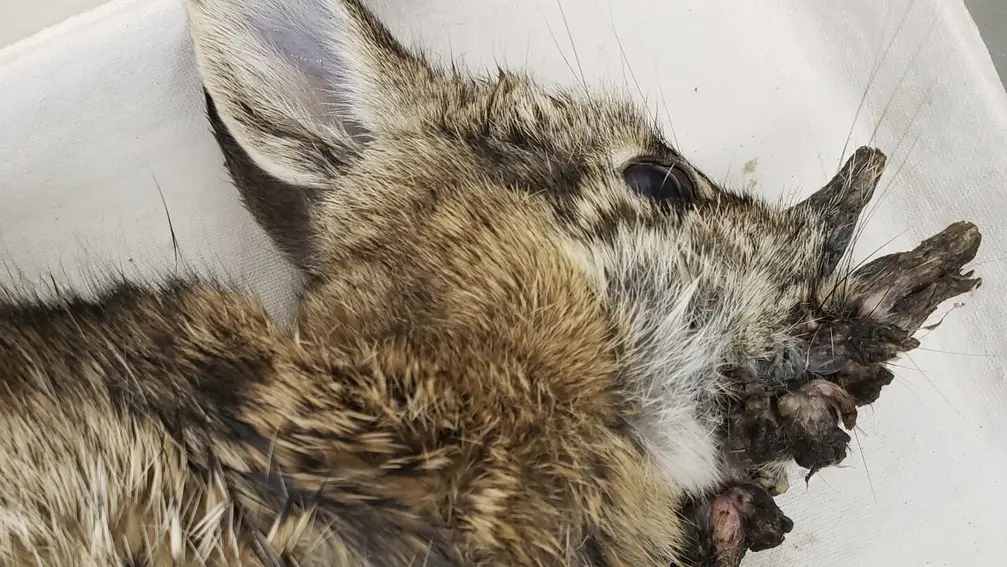
Horned rabbits in Colorado confirmed
